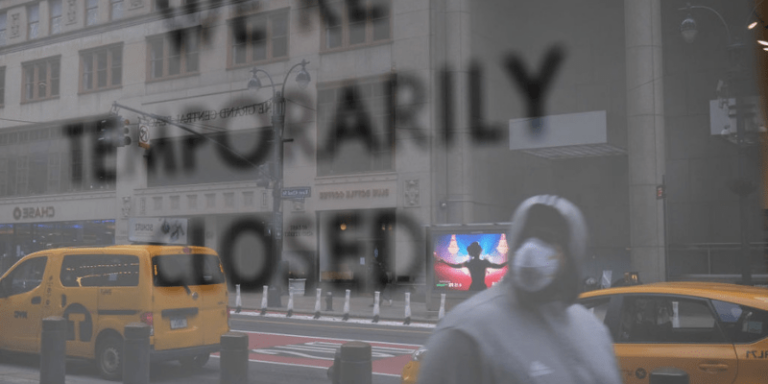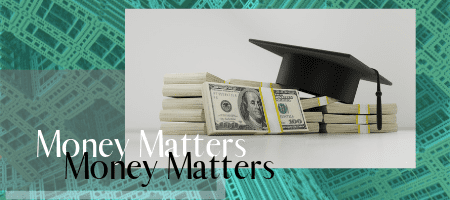The Economic Cost of COVID-19
Consumer spending accounts for 2/3 of the economy – and isolated Americans aren’t buying.
By: Andrew Moran | March 26, 2020 | 399 Words

(Photo by Spencer Platt/Getty Images)
What started as a promising year quickly turned sour thanks to Coronavirus. Small businesses are losing money, millions of Americans are out of work, and the medical system is strained in several areas nationwide. The biggest story surrounding the COVID-19 global pandemic has been the economic fallout around the world, including in the U.S. So, how bad has it been in the Land of the Free? And will it ever fully return to normal?
Market Mayhem
The U.S. stock market started showing signs of disaster to come toward the end of February, but it did not start breaking down from COVID-19 until March madness arrived. Stock values fell as corporate valuations dropped by trillions of dollars. The volatility was so immense and the losses were so huge that trading halted four times on the Dow Jones Industrial Average, the Nasdaq Composite Index, and the S&P 500 in a week. It became so depressing that the Federal Reserve slashed interest rates to 0% and introduced an unlimited asset-buying program called quantitative easing.
We’re Closed
In response to the pandemic and to prevent the further spreading of the outbreak, an enormous wave of stores and offices temporarily closed their doors. Many businesses that have been deemed essential, such as supermarkets, have reduced their hours. Since consumer spending accounts for two-thirds of the U.S. economy, this is a huge hit to growth.
Initial Jobless Claims
Experts had predicted that initial jobless claims for the week ending March 21 would come in at around 1.1 and 1.5 million. Official Department of Labor numbers clocked in at a record 3.283 million, up from the previous week’s 280,000. To put it into perspective, the highest the reading had ever been was 695,000 in October 1982. The second highest was at the peak of the Great Recession with 665,000.
Stimulus to the Rescue?
 To keep companies open and Americans employed, Washington put forward a $2 trillion stimulus package that includes tens of billions of dollars in loans, loan guarantees, investments, and grants for Corporate America. This is expected to make the hard times ahead a little easier for businesses large and small.
To keep companies open and Americans employed, Washington put forward a $2 trillion stimulus package that includes tens of billions of dollars in loans, loan guarantees, investments, and grants for Corporate America. This is expected to make the hard times ahead a little easier for businesses large and small.
Should the virus stay longer than predicted, this stimulus package might only serve as a temporary fix. However, if it is seasonal and vaccine makers develop a solution before the much-discussed second or third wave, then this could serve as the life raft that keeps America afloat.
















